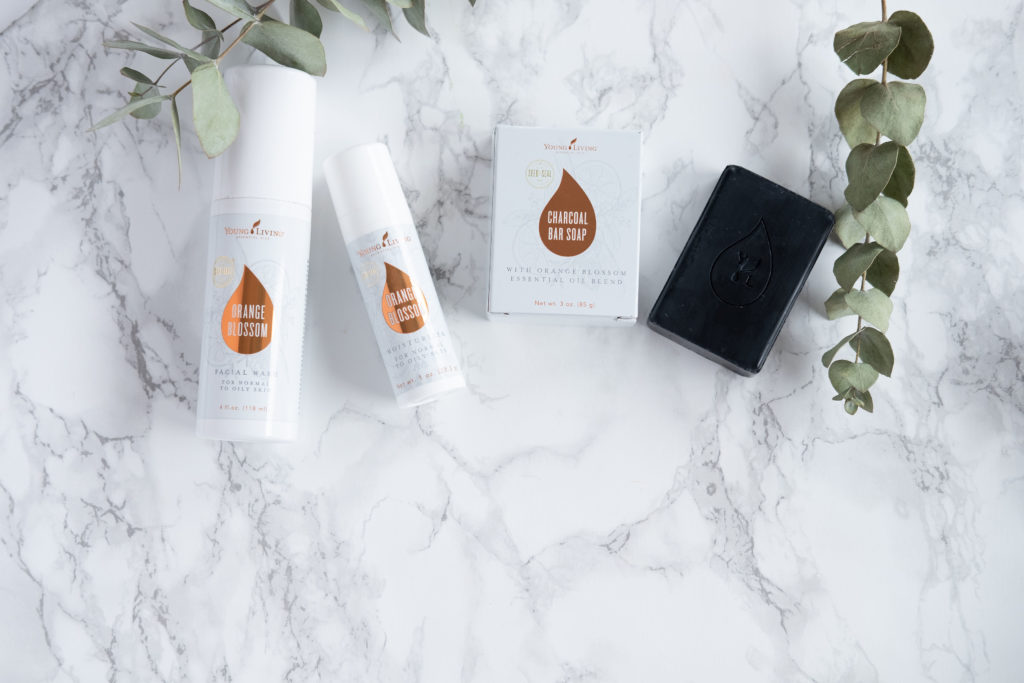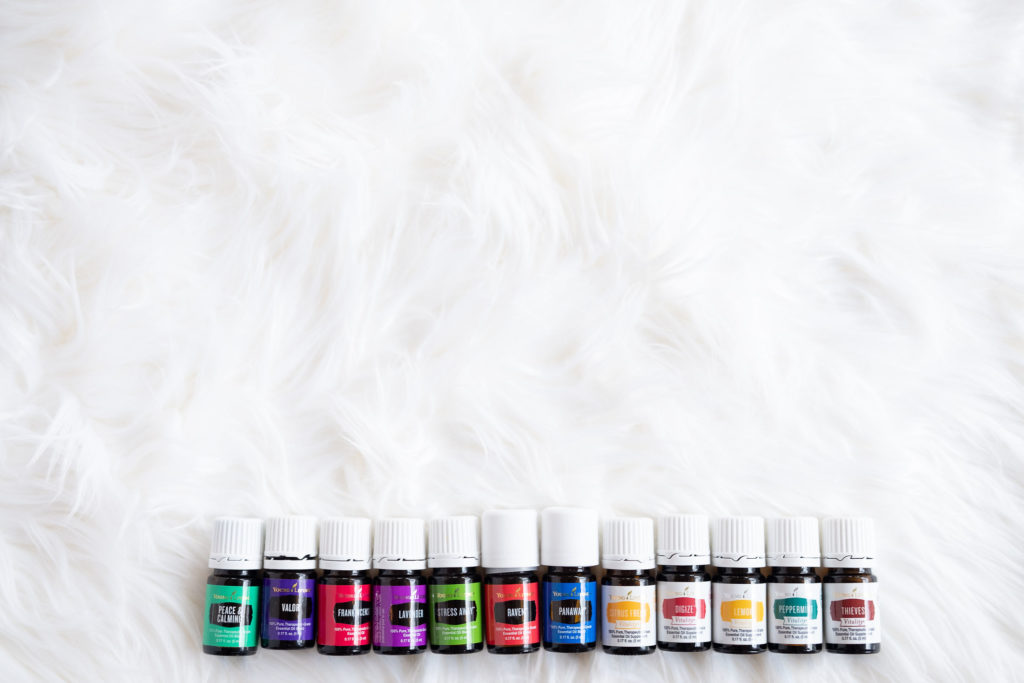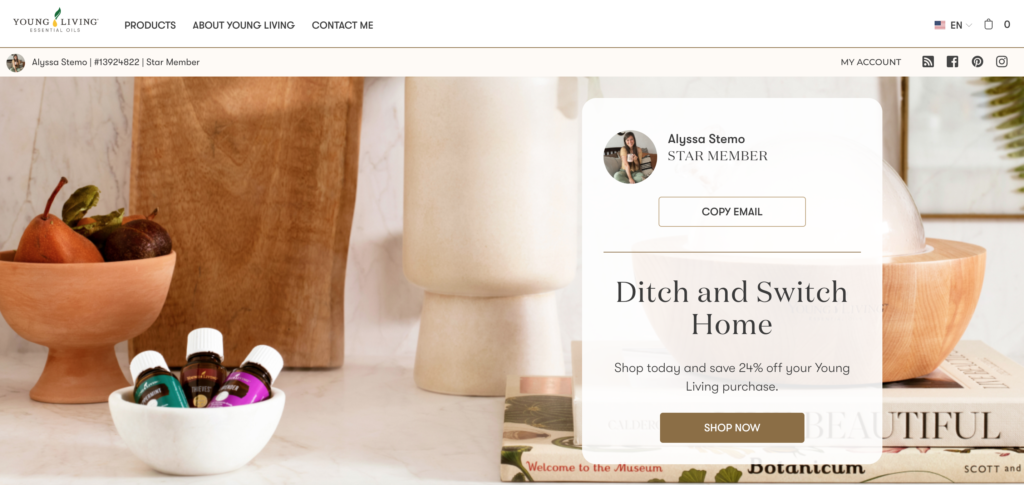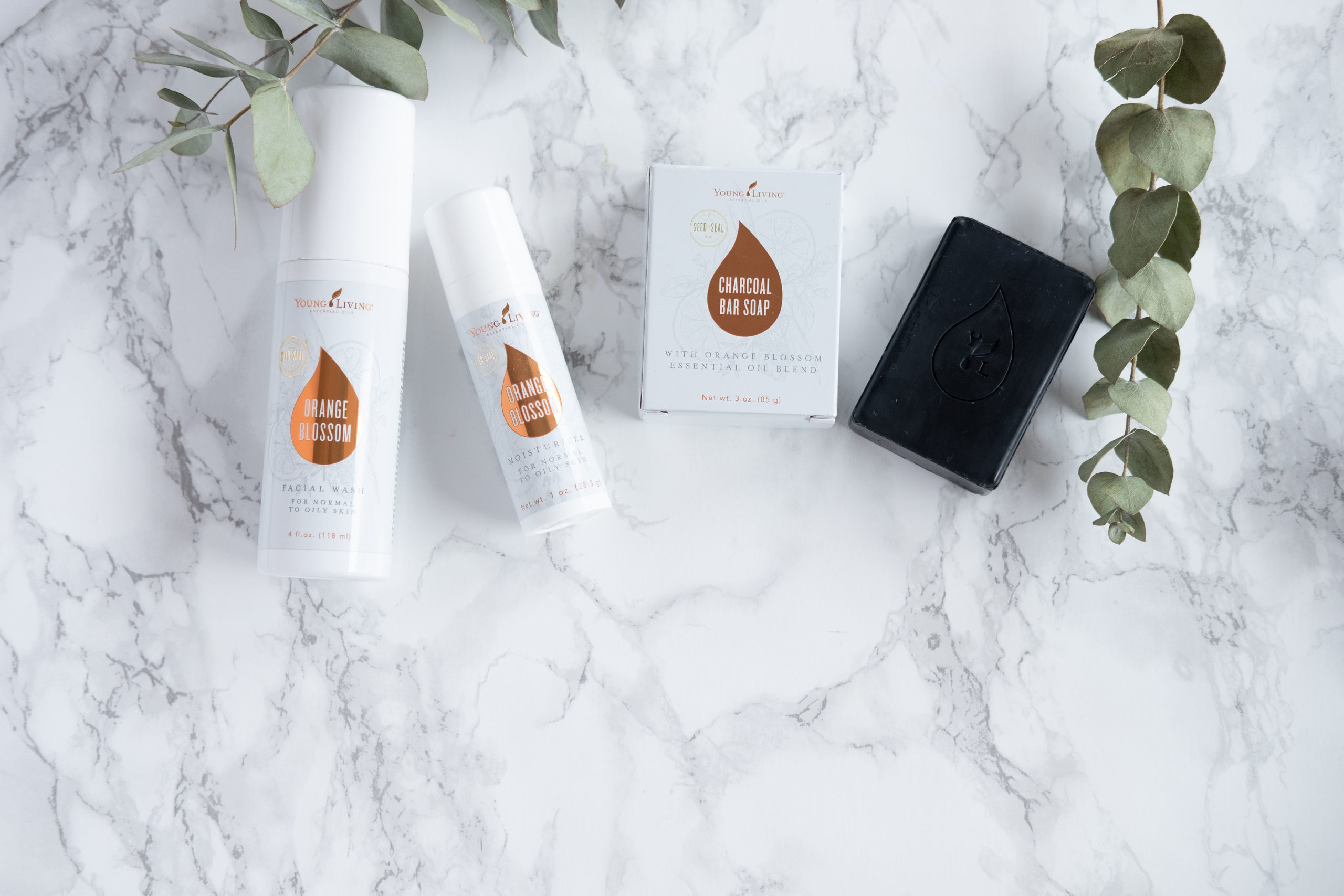
Okay, so what is ditch and switch? And why do you want to do that? I am so excited to share with you all about this topic, as I am very passionate about this! Ditch and switch can probably apply to a multitude of things. However, I am referring to the act of beginning to look into the current ingredients of the products you use in your home, personal care, etc. Then, ditching the products that contain harmful ingredients for your home and health and switching them for a toxic free alternative. Therefore, here are the easiest ways to ditch and switch in the new year.
Just a little note
The most IMPORTANT thing for anyone in life is to make the decisions that work best for them and align with their goals and desires in life. Hence, what we are diving into today, ditching and switching, is something that aligns with my desires. Living as naturally as I can. Fun fact, in college I would wash my hair with a baking soda and water mixture as my shampoo and vinegar and water mixture as my conditioner. Now I know what you’re thinking… No, my hair did not smell like vinegar. The transition from traditional hair products to that took about 2 weeks. However, it was very apparent once it hit. Then, fast forward to 2018, one of my friends introduced a company called Young Living to me. An industry leader in essential oils and had a HUGE selection of products that were clean, toxin free and fit the lifestyle I gravitated to. Since, using these products over the last few years I have learned a lot through my own research about common ingredients found in everyday household, personal care and beauty products. With that being said, lets’ dive on in.

So what should you consider ditching and switching?
A general google search of, “most toxic products,” will bring up any combination of some of the following products.
- Fabric Softener, Detergent and Dryer Sheets
- Baby Wipes
- Mattresses
- Household Cleaners
- Air fresheners, candles and deodorants
- Perfumes and Colognes
- Non-Stick pans
- Cosmetics
- Deodorant
- Sunscreen
These are just to name a few, in no particular order. So whats wrong with some of these common products we can find readily in any store and in our homes? To keep it short these products contain harmful ingredients that can be detrimental to our immune, endocrine, reproductive, respiratory systems, etc.
The National Institute of Occupational Safety and Health studied 2,983 ingredients in our products at home and found 884 toxic ingredients.
- 314 of them caused biological mutations
- 218 caused reproductive problems
- 778 were toxic to the human body
- 146 they knew cause cancer tumors but were allowed in the United States, even though they were banned in other countries around the world. Many of these chemicals are allowed in common cleaning supplies in the United States, potentially under your cabinets right now.
26 seconds after exposure, chemicals are found in measurable amount in the human body. The average woman applies 300 chemicals to her body a day, 80 before breakfast. INSANE!
A few things I learned about “toxin free or 100% pure” marketing
Did you know, there are 100-thousand chemicals on the market today? The Toxic Substance Control Act of 1976 grandfathered them in. What does that mean to you? Simply put, these chemicals have not had any safety testing and we know very little information about their side effects. Dr. Samuel Epstein, chairman of the Cancer Prevention Coalition, says “it is unthinkable that women would knowingly inflict such exposures on their infants and children and themselves if the products were routinely labeled with explicit warnings of cancer risks. But they are not labeled.” Scary right?
On top of that, companies are also using the “greenwashing” method in order to falsely advertise their products as clean, non-toxic, all natural or 100% pure. The easiest example of this is with essential oils. The FDA’s only requirement for a company to label a bottle of essential oil “pure” or “therapeutic grade,” the contents of that bottle must contain at least 5% essential oil – that’s it! The remaining 95% can be whatever the company wants. All oils in the world fall into one of four categories: Grade A, Grade B, Grade C, and Grade D.
Essential Oil Grade Breakdown
- Grade A is therapeutic, made from organically grown plants and distilled at low temperatures.
2. Grade B oils are food grade, but may contain synthetics, pesticides, fertilizers, chemical extenders, or carrier oils.
3. Grade C oils are perfume oils that often contain adulterating chemicals. They usually use solvents, for example, hexane, to gain a higher yield of oil per harvest. Solvents can be cancerous, and are in many store bought oils. They may also be diluted 80-95 percent with alcohol.
4. Grade D is called “floral water,” which is aromatic only and is usually a byproduct of Grade A distillation. After all the oil is pulled out, the leftover trash water is sold to companies which will fill 5% of the bottle with this “leftover trash water,” fill the rest with carriers, and label it “pure.”
Other examples of greenwashing is Ms. Meyers cleaning products. Many of their products contain “fragrance,” “parfum,” or “natural fragrance.” Fragrance is
The ingredients I chose to avoid moving forward
I have found an app called “Think Dirty.” It has been a great resource for identifying products that have a high dangerous ingredient list. Alright, so here are ingredients that I have chosen to avoid in our home and for myself!
- Fragrance/parfum: contain so many toxic chemicals, that have been linked to everything from skin and eye irritation to cancer. Especially, known to cause immediate reactions in some asthmatics and later respiratory illnesses and irritations too. They can even create a cancer causing form of formaldehyde.
- Parabens or ANY ingredient with PEG in it’s name: are endocrine disruptors that can be absorbed through the skin, and they have been linked to cancer
- Triclosan: has been found in animal studies to alter hormone regulation
- Sulfates/SLES/SLS: can irritate eyes, skin, and lungs, especially with long-term use.
- Benzyl benzoate: a suspected neurotoxin
- Phthalates: Studies have identified phthalates as endocrine disruptors. They may also cause liver and kidney lesions, lead to a higher risk of certain cancer, and exacerbate asthma and allergies in some children.
How I started the process of ditching and switching
I found it really overwhelming to just immediately toss out EVERYTHING I had that had a toxic ingredient. It was the thought of throwing away all the money I had spent originally purchasing it. With that said, my ditch and switch was a slow transition.
First, I started with identifying which products I needed to switch eventually. I tossed out the items right away that were relatively inexpensive (in my opinion). Then, the items we slowly transitioned out of were our laundry detergent, dryer sheets and some of the household cleaning products. As the products I was slowing ditching ran out, I switched and replaced with a non-toxic option. Now, if you don’t mind throwing out everything right away and replacing then GO FOR IT, I had quite a few friends who went that route. Whatever you decide, is up to what you feel comfortable with.
So what now?
Well now it’s time for you to decide what makes the most sense for your goals and desires in your lifestyle. I would love to help assist you in the new year with ditching and switching. If that interests you, head here and I can help you on that journey.

I hope you found this post helpful. This post was so much fun to write and now sharing something I am so passionate about. If you haven’t yet, check out my New Years Word, Intentions and Goal blog post!

leave a comment